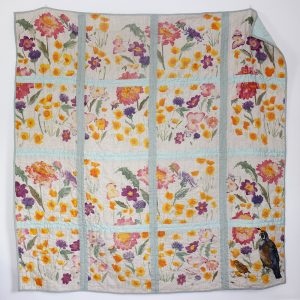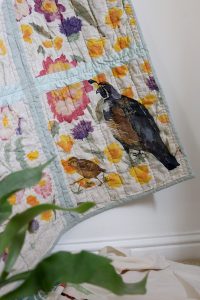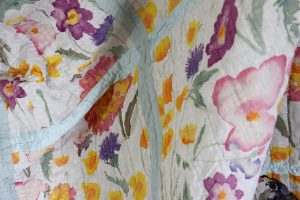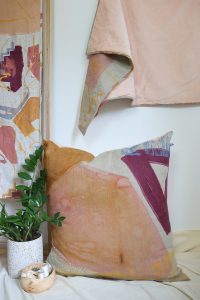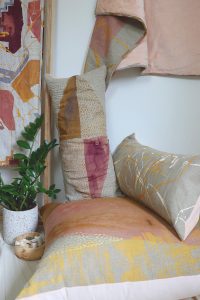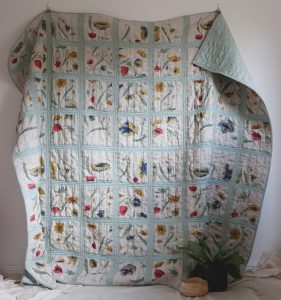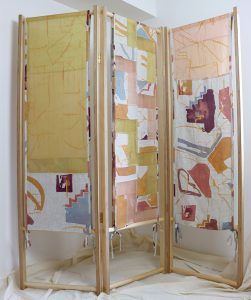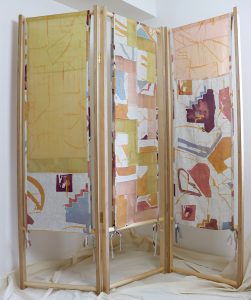HAVE YOU EVER spent more time inside your house than you have since March 2020? For many around the globe, the home office simply became the office. The kitchen counter where kids finish homework became the classroom. The hallway between bedroom and front room became the commute to work. At one point last year, almost half of Americans spent more than 18 hours a day in their houses, according to the location-data provider SafeGraph. One of the biggest effects the pandemic has created is the realization that our homes are more important than ever.
The amount of money people spent on home renovation projects grew 15 percent in 2020, according to the “2021 Houzz & Home Study,” jumping to a median expense of $15,000, with the focus being on kitchens and home offices. One can guess the reasons why interior décor purchases have increased in the last year are a mix of waiting for life to calm down (hello quarantine), the need to spruce up a Zoom background, or the desire to simply make home life more enjoyable.
Katie Charleson knows just how to do the latter via screen printed homewares. Charleson first entered the industry by studying textiles and specializing in print at The Glasgow School of Art in Glasgow, Scotland. “Though I later gained plenty of experience working in digital print as a freelance designer, my final degree collection was completely made up of screen printed work, and I have always returned to screen print in my own practice. It has always been my first love when it comes to textiles.” In 2015, Charleson launched her business in London under the name K//M//J//C, but rebranded in 2017 to Katie Charleson. Now located in Edinburgh, Scotland, the screen printed homewares and bespoke textile design company was “born of a love of color, a fascination with texture, and a passion for print.”
Charleson’s customers are private clients who appreciate craftsmanship and are looking for “bespoke, one-of-a-kind, and personal heirloom pieces,” she says. She offers a range of hand-printed, decorative textile homewares, mainly cushions and throws. In 2020, she began incorporating stitch and quilting into her practice. She now offers hand-printed and dyed quilts as well as furniture, like screens/room dividers, which have become increasingly popular as more people work from home. She’s also created a limited-edition collection of screen printed kitchen linens for Heal’s (a British furniture and furniture retail company), her bespoke cushions have been commissioned by interior designers throughout the UK, and her fashion prints have appeared at London Fashion Week.
“For my clients, originality, craftsmanship, and uniqueness are important, and I feel I can best meet this desire through screen printing,” she says. “I hand paint dyes directly onto screen for a lot of my bespoke work, meaning that even if a design is repeated, nuances in the painted dyes give interest across the pattern. I feel people place value on hand-printed items: craft is having a revival, with sections of the public looking to move away from mass-produced homewares.”
Charleson finds it important to educate her clients on the screen printing process. “I feel it pays to be transparent about the level of work, time, and expertise that goes into screen printing, and clients want to see the craftsmanship that goes into their product,” she says. “I try and educate through workshops, demonstrations (online and in person), and videos on social media platforms, especially Instagram (@katiecharleson).
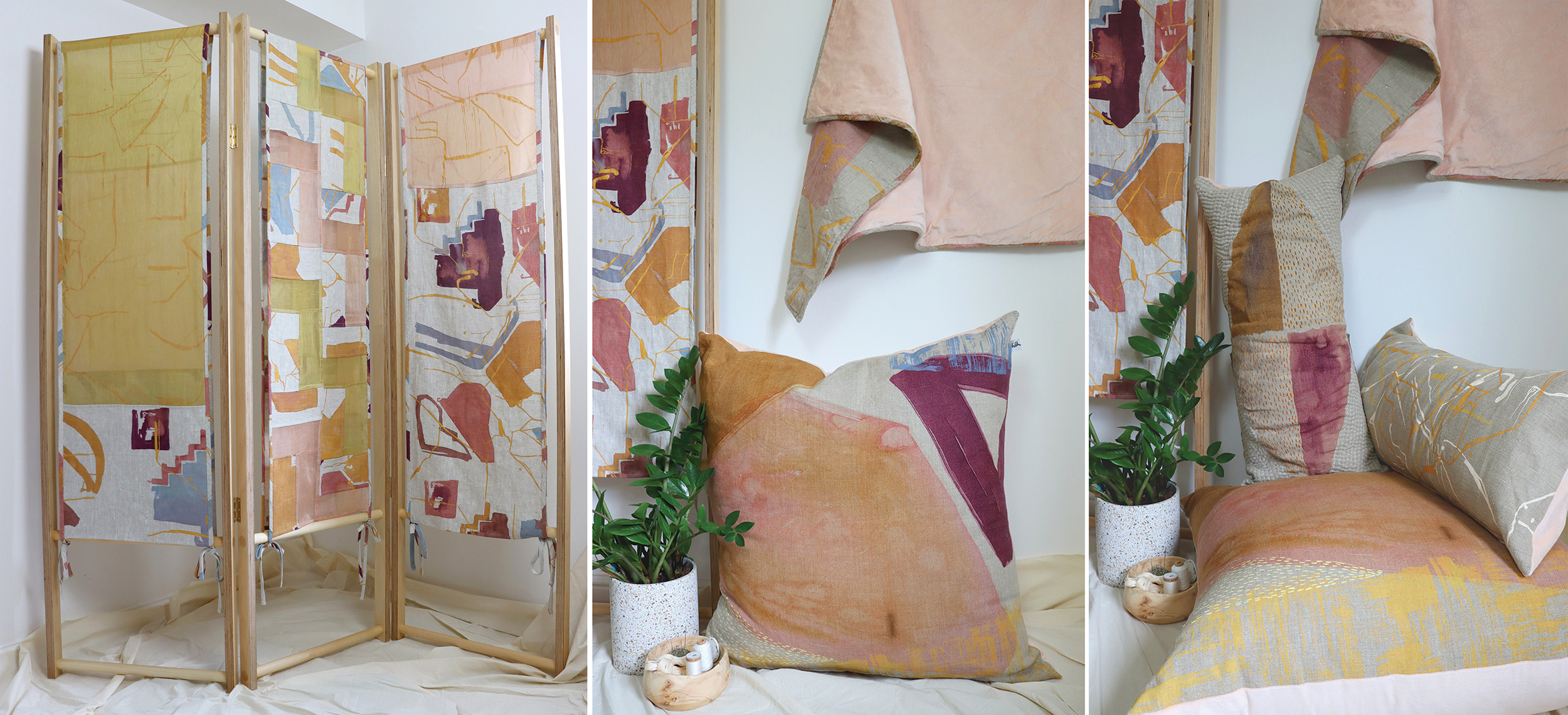
Katie Charleson’s latest collection of homewares, hand painted, screen printed, and dyed on natural fibers.
Charleson and her business partner, Laura Richmond (who operates under her print label Encore Verses – they own the equipment together and share the studio space, but their creative practices are separate entities), launched a textile print space within a larger workshop, Edinburgh Open Workshop, in Edinburgh at the start of this year, where they offer print and textile craft workshops. “As lockdown regulations began to lift, I spent the summer delivering introductory workshops in the basics of textile screen printing to small groups of the general public,” says Charleson. “My plans are to expand this offering to include more advanced print techniques, natural dye workshops, combination print and sew-your-own classes, and open access to our print space a couple of days a month for those who want to pursue their own projects. I have been employed as a freelance workshop tutor since 2016, but this is the first time I have been able to deliver teaching in my own space, with my own equipment, which is thrilling!”
Charleson exclusively uses water-based inks and natural fibers, “to keep the environmental impact of my work to a minimum,” she says. “I use synthetic dyes, but I am working on expanding my knowledge of natural dyes and gradually incorporating them into my practice.”
Charleson and Richmond “have an eclectic mix of second hand or self-built equipment,” which they’ve built up over time since January 2021. “It’s a bit of a rag bag, but it works for us,” she says.
For screen printers who are interested in entering the booming interior décor market – Smithers, in its “Future of Decorative Printing to 2023” report, has forecasted the décor marketplace will grow around five percent annually by 2023 – Charleson says start with a small range of products that you can do very well, get them up to a high standard, and build from there. “Stay in the loop with trends but don’t be a slave to them. And go to design fairs and tradeshows for inspiration and to network. If you are more of a technical printer and you need to hire a print/surface pattern designer, make sure you hire someone who understands how to design for screen print.”
PHOTO GALLERY (9 IMAGES)
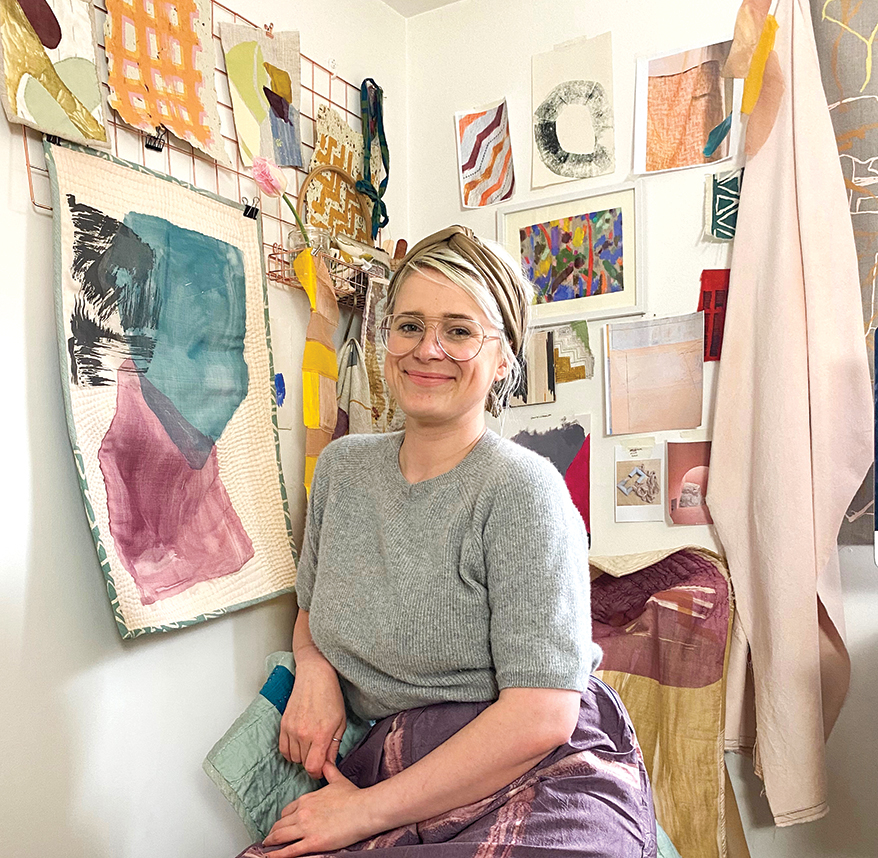

 Art, Ad, or Alchemy1 month ago
Art, Ad, or Alchemy1 month ago
 Case Studies1 month ago
Case Studies1 month ago
 Andy MacDougall1 month ago
Andy MacDougall1 month ago
 Columns2 weeks ago
Columns2 weeks ago
 Editor's Note2 weeks ago
Editor's Note2 weeks ago
 Thomas Trimingham2 months ago
Thomas Trimingham2 months ago
 Marshall Atkinson2 weeks ago
Marshall Atkinson2 weeks ago
 News & Trends1 month ago
News & Trends1 month ago

